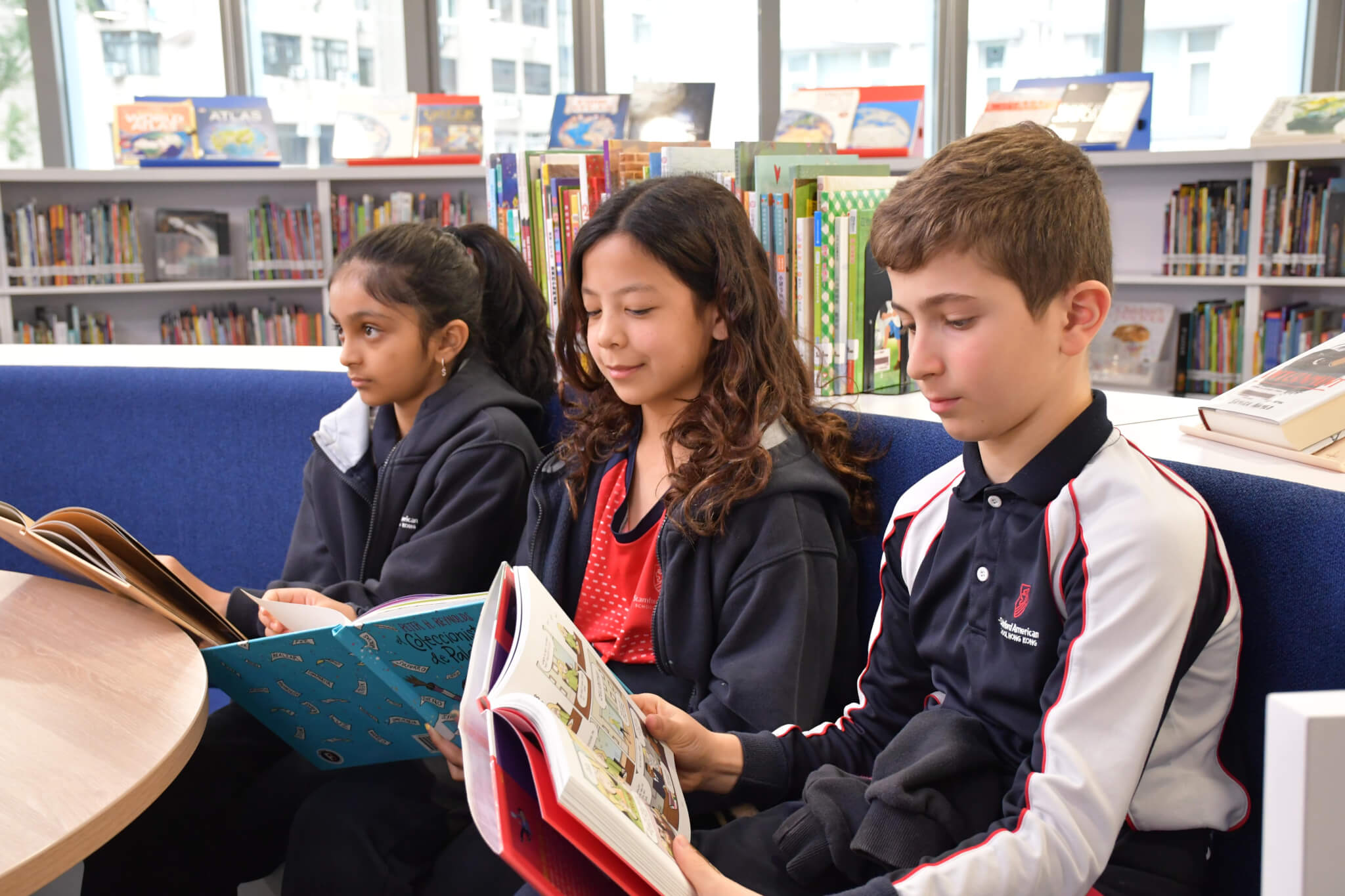Have you ever wondered why some people seem to grasp concepts more effortlessly than others? The secret often lies in their learning styles. These are unique ways in which individuals learn best. From visual cues to hands-on activities, everyone has a dominant style that resonates with them. According to GCFGlobal, identifying your learning style is equivalent to discovering the best study method for yourself, making your study sessions more effective and enjoyable. Knowing this, you may wonder, “What is my learning style? And how can I find out?”
In this blog, we’ll briefly explain different learning styles, guide you through recognizing yours, and provide personalized study strategies tailored to your needs.
How to Identify Your Learning Style?
Learning styles are broadly categorized into four types: visual, auditory, kinesthetic, and reading/writing. Each style reflects a different way of processing information:
- Visual Learners: These individuals thrive on imagery. Charts, graphs, and diagrams help them grasp concepts more easily.
- Auditory Learners: Listening and speaking are key for these learners. They benefit from discussions, lectures, and verbal explanations.
- Kinesthetic Learners: Hands-on activities, role-playing, or movement are essential for this group to understand and retain information.
- Reading/Writing Learners: Reading texts, writing summaries, and creating lists or outlines are the preferred methods for these learners.
Self-Assessment Quiz of Learning Style
Discover your learning style by answering the questions below. For each question, choose the option that best describes your preference. At the end, tally up your responses to find out your dominant learning style.
| Section 1: Preferred Way of Learning | 1. When I’m learning something new, I prefer to:Look at charts, diagrams, or pictures.Listen to an explanation or discussion.Get hands-on experience or try it myself.Read detailed instructions or write notes. |
| 2. I best remember information when:I see it displayed visually (e.g., graphs or slides).I hear it explained, either by myself or others.I physically interact with the material.I read about it or write it down. | |
| Section 2: Study Preferences | 3. When preparing for an exam, I usually:Highlight important information or draw charts.Record and listen to my study notes.Practice with hands-on activities or create mock scenarios.Write summaries or reread my notes multiple times. |
| 4. To stay focused while studying, I prefer to:Use visual tools like flashcards or infographics.Listen to explanations or study with a partner.Engage in activities like role-playing or solving real-world problems.Write detailed outlines or rewrite my notes. | |
| 5. When solving a problem, I typically:Visualize the solution in my mind or sketch it out.Talk it out or listen to others’ ideas.Experiment with possible solutions until one works.Research and take detailed notes to understand the issue. | |
| Section 3: Everyday Preferences | 6. When giving or receiving directions to travel to a destination, I prefer:To see a map or visual representation.To hear the directions explained verbally.To physically navigate the route myself.To write down the directions and follow them step by step. |
| 7. When choosing entertainment, I enjoy:Watching movies, shows, or visual media.Listening to podcasts, audiobooks, or music.Doing activities like crafting, cooking, or sports.Reading books, articles, or instructions. | |
| 8. If I had to assemble furniture, I would:Look at the diagrams or pictures in the instructions.Call someone to explain the steps.Jump in and figure it out as I go.Carefully read the written instructions. | |
| Section 4: Reactions to Feedback | 9. When receiving feedback, I prefer it to be:Illustrated with visual examples.Explained to me in detail.Demonstrated through actions or examples.Written down so I can review it later. |
| 10. When remembering past experiences, I usually:Recall images or scenes in my mind.Replay conversations or sounds in my head.Remember the actions I took during the event.Think of what I wrote down or read about it. |
Scoring Your Results
Count the number of responses for each letter:
Mostly A: You are a Visual Learner.
Mostly B: You are an Auditory Learner.
Mostly C: You are a Kinesthetic Learner.
Mostly D: You are a Reading/Writing Learner.
What Are Study Strategies for Different Learning Styles?
Upon figuring out your learning style, it is time to devise a suitable study strategy. Here are the recommended methods for each of the learning styles:
Visual Learners
Visual learners thrive on seeing information presented in a visually appealing way. Try creating mind maps to connect ideas, using color-coded notes to categorize information, and drawing diagrams to represent abstract concepts. Flashcards can also be helpful, especially when paired with images or symbols that help you recall key points. These strategies work by providing visual stimuli that your brain can quickly process and retain, making even the most intricate topics more manageable and memorable.
Auditory Learners
For auditory learners, sound and conversations are powerful tools for absorbing and processing information. Joining a study group to discuss topics with peers, recording lectures to replay later, or even explaining concepts aloud to a friend are some of the most effective ways for auditory learners to retain information, as they help reinforce knowledge through repetition and active listening.
Kinesthetic Learners
Learning comes alive through movement, touch and hands-on activities for kinesthetic learners. Incorporate strategies such as role-playing scenarios to explore real-world applications, building physical models to understand abstract concepts, or performing experiments to experience theories in action. These approaches enhance learning because they allow kinesthetic learners to interact directly with the subject matter, helping them to internalize information more naturally.
Reading/Writing Learners
Reading or writing learners should optimize their learning by focusing on strategies such as creating detailed outlines, summarizing chapters in their own words, and meticulously rewriting their notes. These techniques reinforce memory and understanding by encouraging the learners to process information actively and organize it in a logical structure.
Beyond the Basics: Embracing a Multimodal Approach
While knowing your primary learning style is valuable, a multimodal approach can significantly enhance learning, offering benefits such as:
- Enhanced Understanding: Visual learners might incorporate auditory strategies, such as listening to recorded notes, to deepen their grasp of a subject.
- Increased Enjoyment: Non-kinesthetic learners may find the learning process through hands-on activities interesting, fresh and fun, encouraging a more active interaction with the materials.
- Better Adaptability: Students who have practiced the strategies of different learning styles may find it easier to adapt to a new teaching method.
Experiment with blending techniques to create a personalized study plan that suits your unique preferences and maximizes your potential.
Conclusion
Understanding your learning style is the first step toward unlocking your full academic potential. Tailoring your study strategies to match your natural strengths can make learning more efficient, engaging and enjoyable.
So, what is your learning style? Take the quiz, explore the strategies, and start transforming your study sessions today. Unlock your learning potential! Begin your journey to mastering your unique style and ace your exams with confidence.





